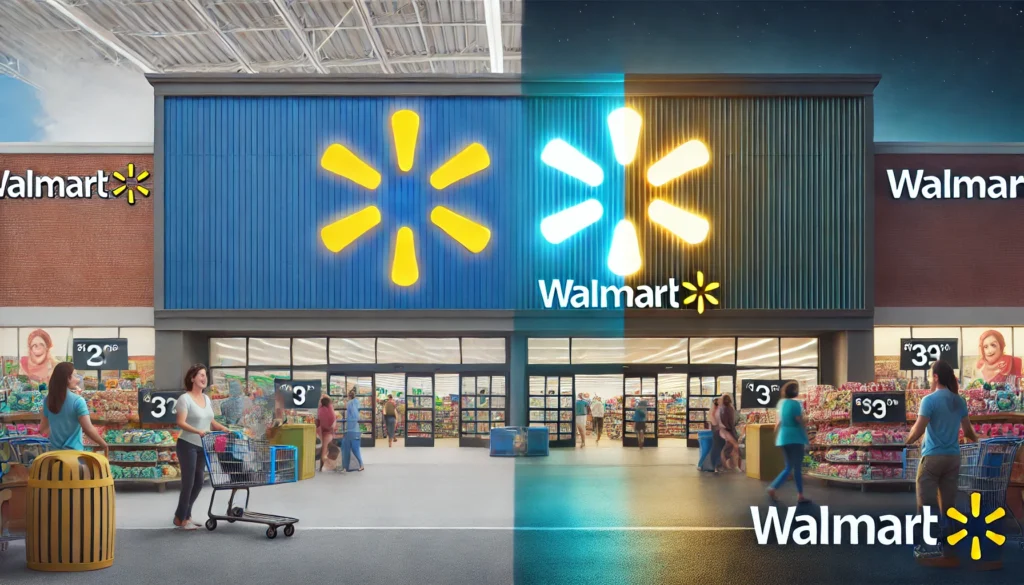In the landscape of business and transformation, branding stands as one of the most dynamic areas of change and growth. Over the past year, shifts in consumer behavior, technology advancements, and new market challenges have spurred a series of innovations in branding. Here, we explore three key ways in which branding has transformed, highlighting examples of companies that have successfully navigated these changes.
Increased Emphasis on Digital Experience
As digital engagement continues to soar, brands are increasingly focusing on crafting superior digital experiences. This shift is not just about having an aesthetic website or active social media presence; it’s about creating an integrated, seamless digital experience that resonates with consumers on multiple levels—from personalized content to interactive, user-friendly interfaces.
Nike has exemplified this trend by enhancing its digital platforms to offer more personalized and engaging user experiences. Through their mobile app, Nike provides tailored recommendations, exclusive product releases, and immersive storytelling about their products’ design and features. This approach not only strengthens customer engagement but also reinforces the brand’s identity as a leader in innovation.
Sustainability as a Core Brand Element
Today’s consumers are more environmentally conscious than ever, prompting brands to integrate sustainability into their core values and messaging. This shift goes beyond mere corporate social responsibility; it’s about embedding sustainability into the product lifecycle, packaging, and overall brand experience.
Patagonia’s commitment to sustainability is an integral part of its brand identity. This past year, they’ve launched numerous initiatives to reduce environmental impact, including using recycled materials in their products and promoting the Worn Wear program, which encourages customers to buy used items or trade in their gear. Patagonia’s branding around sustainability not only appeals to eco-conscious consumers but also sets a benchmark in the industry.
Authenticity and Brand Transparency
The demand for authenticity and transparency has led brands to become more open about their processes, values, and the people behind their products. In a digital age where information is readily accessible, consumers seek genuine stories and trustworthy business practices. Brands that embrace transparency are seen as more relatable and trustworthy.
Everlane takes transparency to a new level by detailing the cost of materials, labor, and transportation for each product. Moreover, they provide information about the factories where products are made, including photos and stories about workers. This transparency builds trust and fosters a deeper connection with their audience, aligning with a consumer base that values honesty and ethical practices.
The past year has marked a significant shift in branding strategies across various industries. Companies like Nike, Patagonia, and Everlane demonstrate that by embracing digital innovation, sustainability, and transparency, brands can not only adapt to current trends but also shape the future of their industries. As we look ahead, the trajectory for branding continues to point towards a more integrated, honest, and environmentally conscious approach. These changes reflect a broader societal shift towards more meaningful and value-driven consumer interactions. For brands looking to stay competitive and relevant, recognizing and adapting to these trends is not just necessary—it’s imperative.





